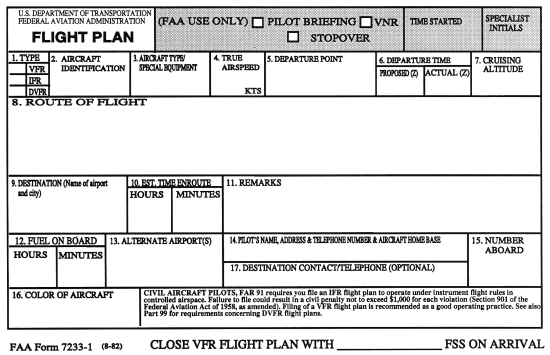I fully understand, which is why I said “determining SOC as a %”. You cannot derive battery SOC % or remaining energy from Wh consumed except in very controlled situations. Instead, it is industry standard to calculate SOC as %, then apply that to the batteries assumed initial capacity at last 100% charge to determine remaining energy.
Just because EV manufacturers list the advertised capacity of the battery in kWh, does NOT mean that is the number they are using for SOC and range calculation. Because an EV’s battery capacity is NEVER that advertised figure, and changes up and down on a daily basis, though with an always down trend obviously  Please trust me when I tell you modified Coulomb Counting is the industry standard. Of course every manufacture closely guards their specific SOC algorithms.
Please trust me when I tell you modified Coulomb Counting is the industry standard. Of course every manufacture closely guards their specific SOC algorithms.
For a specific example:
Let’s say we have a 6s 5000mah battery and at 70f ambient it can provide 108Wh down to an 18v (3v/cell) cutoff point. Let’s assume 1c discharge rate and 3.6v/cell nominal voltage. On a very cold day (40f) we might see a 1/10th (or more!) drop in nominal voltage. This means we only get 105Wh, almost 3% less energy. If you are using Wh to calculate your SOC, you will be almost 3% off. In the same scenario, the current goes up by 3%, but the Ah capacity remains nearly identical, and thus integrating Amps yields a still accurate SOC%.
To be clear, when a battery is colder, the voltage sags and the Wh goes down, but the available Ah capacity remains (very nearly) the same. The same applies when slamming a battery at higher crates, it’s the voltage sag that reduces total energy, not less Ah. (And yes, you do lose Ah capacity, but it is generally less of an effect than the Voltage sag). Ah capacity tends to be more of a cell health correlation. Voltage tends to be a more variable day-day fluctuation, Ah capacity tends to be more long term downward trend.
I don’t have any cell discharge curves on me, but there’s plenty on the interwebs to support this.

So if you want to set your FS by using SOC %, then you should use the most accurate SOC method you have available. If you want to set your FS using a consumed amount of energy, then you can do that also. But this does not guarantee a specific energy reserve. Both methods require characterization of the batteries capacity (Ah or Wh) in similar duty cycle to actual application.
Using the previous example of 1/10th volt drop due to cold temps:
Using Wh reserve method would yield a 3% less than intended reserves.
Using a SOC % reserve method would yield <1% less than intended reserves.
In extreme conditions or with a very unhealthy battery, these differences can become even more exaggerated.
Sorry, it’s late and I’m rambling, hope this makes sense. I suggest you google SOC estimation and Coulomb Counting, there’s lots of better info than what I’m providing here.



